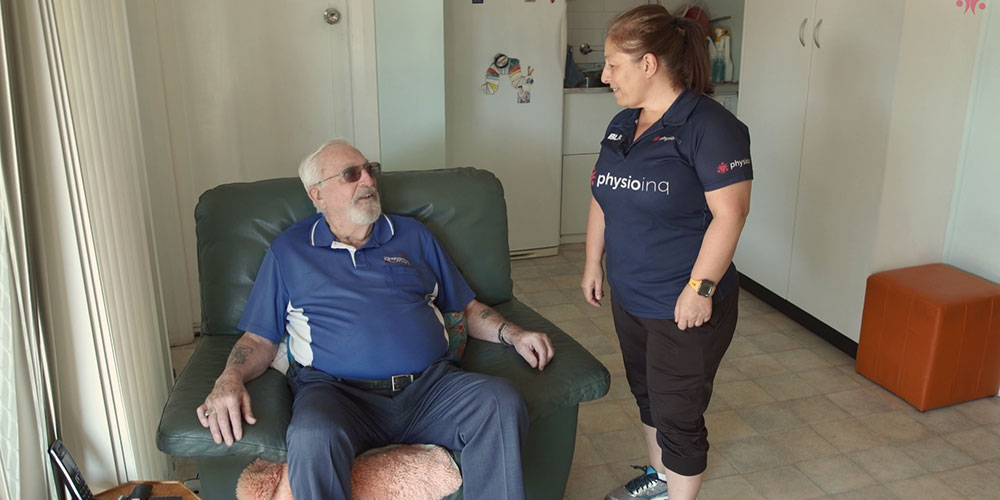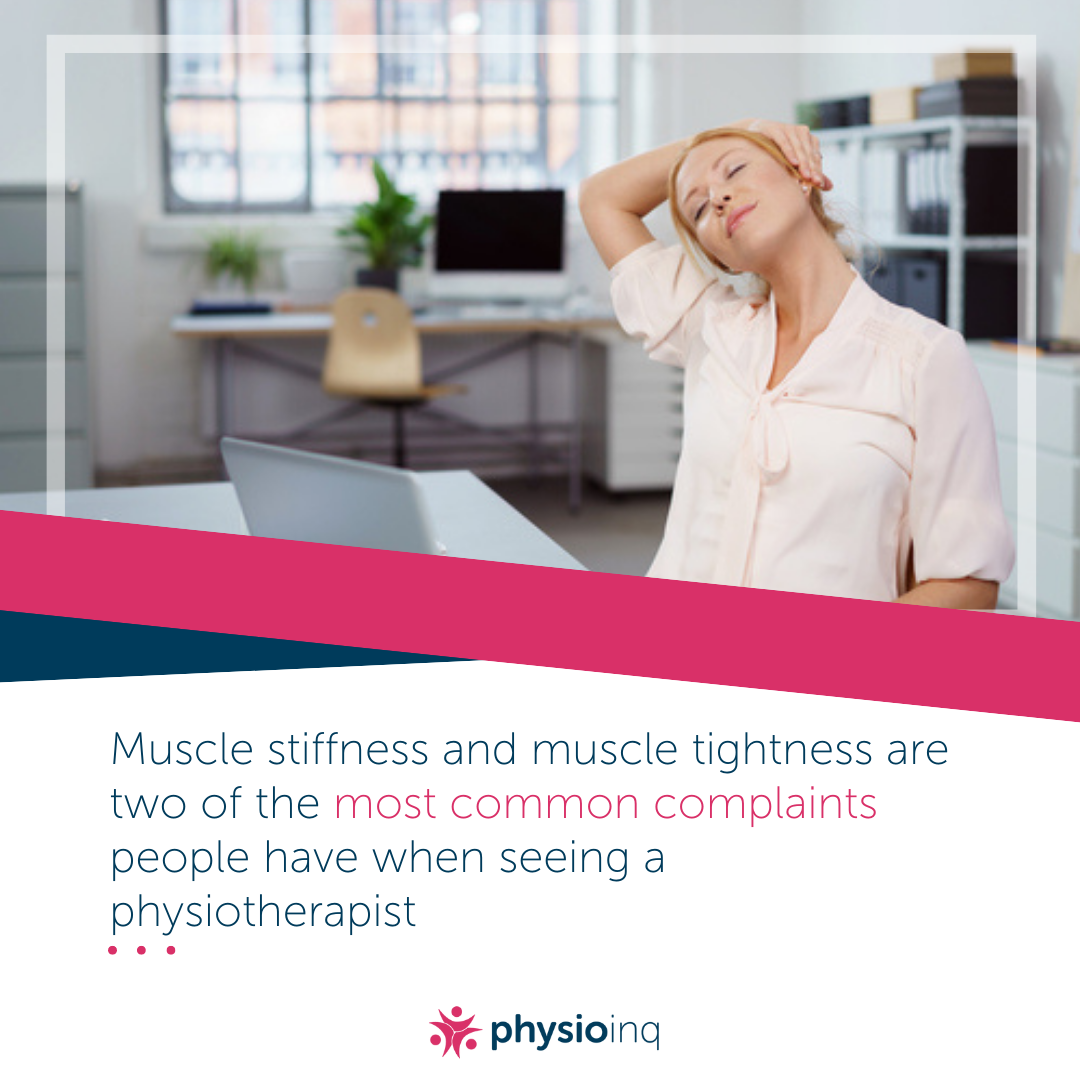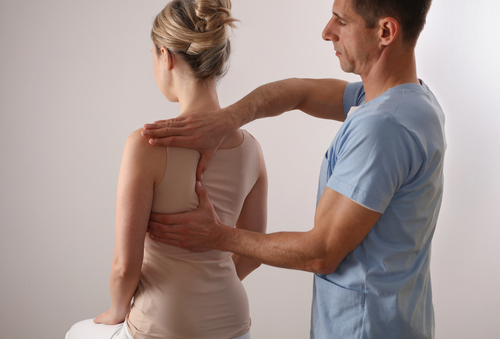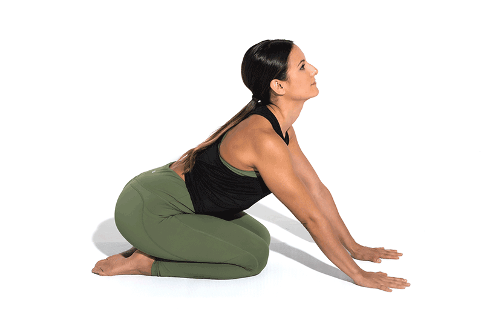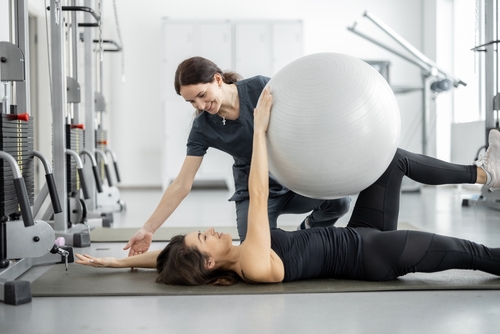Nearly two out of three Australians drive to work instead of using public transport and the average Australian drives 12,881 kilometers each year. That tells us that Aussies are spending a lot of time in their cars.
So, we’re sharing our top three tips for improving your posture while driving to avoid pain and discomfort.
Why is proper posture important?
Before we start, you might be wondering why improving your posture is important in the first place.
Posture describes the “way we hold our bodies while standing, sitting, or lying down.” Good posture is when we do these things in a way that causes the least amount of strain to our muscles and ligaments. Good posture is important because:
- It keeps bones and joints in the correct position
- It decreases the wear and tear on joints which can offset arthritis
- It decreases the strain on ligaments of the spine
- It keeps the spine from becoming fixed in abnormal positions
- It prevents fatigue by decreasing the amount of energy needed to correct for bad posture
- It prevents muscle and back pain
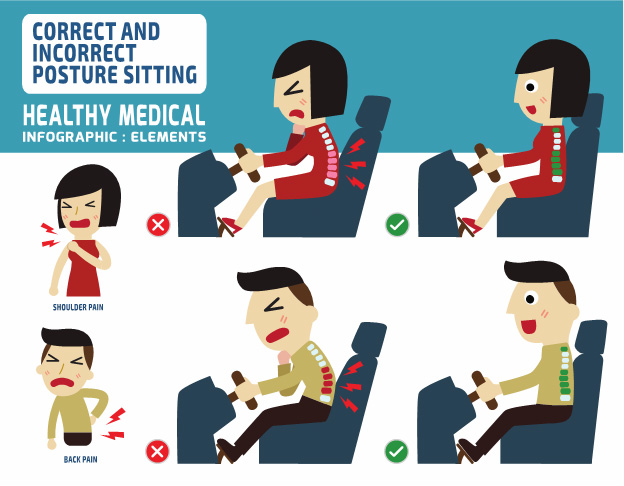
Now, let’s get into the tips.
Avoid keeping your arms above shoulder level.
Instead of holding the steering wheel at the top, try holding it closer to the bottom. Although the common understanding of proper driving technique is to place your hands at “ten and two” when thinking of your steering wheel as a clock, it’s actually more ergonomic to hold it near four and eight.
When you drive with your arms above your shoulders, you’re causing undue strain to your shoulders and neck. Your body is in a more natural and comfortable position when your elbows are below your shoulders and therefore creates better posture.
Stretch your neck and shoulders while sitting at stoplights.
Driving can often cause pain due to poor posture. Since our arms are constantly reaching forward, it can lead to hunching and soreness in the neck and upper back. To counteract these postural issues, take a moment at each stoplight to do a simple stretch.
With your arms on the steering wheel:
- Press your head back into the headrest
- Tuck your chin toward your chest
- Poke your chest out
- Hold this position for the whole set of lights
You’ll feel a deep stretch in your neck, shoulders, and upper back that will alleviate much of the pain caused by hunching over while driving.
Switch the position of your knees every so often.
It’s not only our upper body that can feel the effects of long periods of driving. Our lower bodies often suffer from spending lots of time in the car as well. To counteract lower body issues, switch up the position of your knees so that they’re not in the same spot for too long.
For example, if your knees are splaying outward, adjust so that they’re in line with your hips for a while. You can also move your foot closer or further from your body to adjust the position of your knee.
Of course, this is less feasible for your right leg since it’s far safer to always keep your foot on the gas or brakes. However, if your car features cruise control or you’re able to coast on the highway for a moment or two, use this opportunity to readjust your right knee as well.
Bill and Ryan from Physio Inq Engadine go through their 3 favourite tips when it comes to avoiding pain and injury for those who spend long periods driving.
Source: Physio Inq
Other Important Tips on How to Have Good Posture While Driving
Although the tips listed above are our favourites and are the advice we offer to many of our clients, there are many others to mention that can improve your posture while driving.
Adjust your seat, the steering wheel, and your mirrors. Your backrest should be between 100 and 110 degrees allowing your back to make full contact. Your knees should have a slight bend even when using the pedals. The steering wheel should allow you to keep your elbows below your shoulders, as we mentioned previously. And you shouldn’t have to strain your neck to see out of your mirrors.
Keep your pelvis upright and up against your seat. Avoid slumping by keeping your pelvis upright and press it all the way against your seat. There should be no space between your hips and the seat. To assist with this, try a lumbar pillow.
Sit up straight with both sides of your back evenly touching the seat. If the pedals are too far away, you might adjust by reaching your right foot and lifting the right side of your back off the seat. Avoid rotating the hips like this and keep both sides of your back firmly against the seat.
Sit evenly on your sit bones. Stay aware of how you’re sitting in the first place. It’s common to favour one side over the other but do your best to keep both sit bones evenly pressing into the seat. Rocking side to side can help you get a feel for where you’re placing your weight so that you can adjust accordingly.
Be sure your knees are in line with your hips. You might even consider adjusting your seat so that your knees are slightly higher than your hips. The main issue we’re trying to avoid is having your knees lower than your hips. This will encourage slumping and creates poor posture.
Avoid leaning on the door or middle console. Even if both sit bones are firmly on the seat, avoid resting your elbows on either side. When your elbows are lifted, they create an awkward position in the body that can lead to postural issues. Keep your arms mostly relaxed with elbows down instead.
Let your right foot relax. If you keep your right foot hovering over the pedals or you’re keeping your leg somehow otherwise lifted while you drive, put it down. Your hip flexors and back will compensate for this unnecessary position, so allow your foot to rest on or near the pedal instead of keeping it lifted.
Move your whole foot to switch pedals. Instead of keeping your heel pressed into the ground and pivoting to switch pedals, lift the entire foot to make the change. Otherwise, you’ll create issues in your hips.
Drive with both hands. Instead of driving with only your dominant hand, keep both hands on the wheel. This will prevent uneven tension on one side of the body and will encourage good posture by promoting symmetry.
Looking for additional help with your postural problems? Meet and consult with one of our physiotherapists (or let them come to you with our mobile services) across Australia and they’ll work with you to create personalised exercises and solutions to improve your posture.
If you’re experiencing back or neck pain from driving or sitting at your desk, let us help. Call Physio Inq today.
Live a life with less limits
Date Published: Thursday, June 11, 2020
Locate a Mobile Physiotherapy
Service Near me
Get the experience & convinence you deserve to support your or a loved one's allied health needs.
Our Mobile Physiotherapy team are currently serving & taking appointments in the following states and regions in Australia:
New South Wales
- Blacktown
- Blue Mountains
- Campbelltown And Macarthur
- Canterbury-Bankstown
- Eastern Suburbs Sydney
- Georges River
- Hawkesbury
- Inner East Sydney
- Inner West Sydney
- Lake Macquarie
- Lower North Shore
- Newcastle
- Northern Beaches
- North Sydney
- Parramatta
- Penrith
- Southern Highlands
- South West Sydney
- Sutherland Shire
- Sydney CBD
- The Hills Shire
- Upper North Shore
- Waverley
- Wollongong
Tasmania
Victoria
Need to get into direct contact with ur Client Services team? We're all ears. Call our team directly on 1300 731 733

